Rising Healthcare Expenditure
The increase in healthcare expenditure across various regions is positively impacting the Bioactive Wound Care Market. Governments and private sectors are investing more in healthcare infrastructure, which includes advanced wound care technologies. This financial commitment is facilitating the availability of innovative bioactive products in hospitals and clinics. As healthcare budgets expand, there is a greater emphasis on adopting effective wound management solutions that can reduce long-term costs associated with chronic wounds. The market is likely to benefit from this trend, as healthcare providers seek to implement cost-effective strategies that improve patient outcomes while managing expenses.
Increasing Incidence of Chronic Wounds
The prevalence of chronic wounds, such as diabetic ulcers and pressure sores, is rising, thereby propelling the Bioactive Wound Care Market. Factors such as an aging population and the growing incidence of diabetes contribute to this trend. According to recent data, chronic wounds affect millions of individuals worldwide, leading to substantial healthcare costs and a demand for effective treatment solutions. The bioactive wound care sector is responding to this need by offering specialized products designed to manage these complex wounds. The market is expected to expand as healthcare providers increasingly recognize the importance of advanced wound care solutions in improving patient quality of life and reducing the burden on healthcare systems.
Technological Innovations in Bioactive Wound Care
The Bioactive Wound Care Market is experiencing a surge in technological innovations that enhance wound healing processes. Advanced materials such as hydrogels, bioactive dressings, and nanofibers are being developed to improve moisture retention and promote cellular regeneration. These innovations are not only improving patient outcomes but also reducing healing times. For instance, the introduction of smart dressings equipped with sensors allows for real-time monitoring of wound conditions, which can lead to timely interventions. The market for bioactive wound care products is projected to grow significantly, with estimates suggesting a compound annual growth rate of over 6% in the coming years. This growth is driven by the increasing adoption of these advanced technologies in clinical settings.
Growing Awareness of Advanced Wound Care Solutions
There is a notable increase in awareness regarding advanced wound care solutions within the Bioactive Wound Care Market. Healthcare professionals and patients alike are becoming more informed about the benefits of bioactive products, which can lead to faster healing and reduced complications. Educational initiatives and training programs are being implemented to enhance understanding of these advanced therapies. As awareness grows, the demand for bioactive wound care products is likely to rise, with market analysts predicting a steady increase in sales. This trend is further supported by the ongoing research and development efforts aimed at improving the efficacy of bioactive materials, which could lead to broader acceptance in clinical practice.
Regulatory Support for Advanced Wound Care Products
Regulatory bodies are increasingly supporting the development and approval of advanced wound care products within the Bioactive Wound Care Market. Streamlined approval processes and favorable regulations are encouraging manufacturers to innovate and bring new bioactive solutions to market. This regulatory environment is crucial for fostering competition and ensuring that healthcare providers have access to the latest technologies. As a result, the market is expected to see a proliferation of new products designed to meet diverse patient needs. The ongoing collaboration between regulatory agencies and industry stakeholders may further enhance the growth prospects of the bioactive wound care sector.


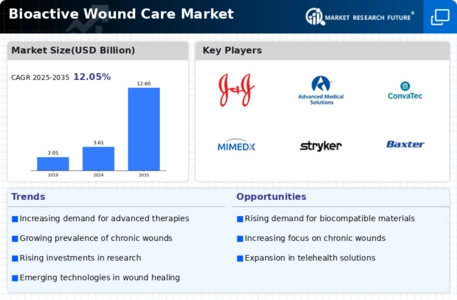
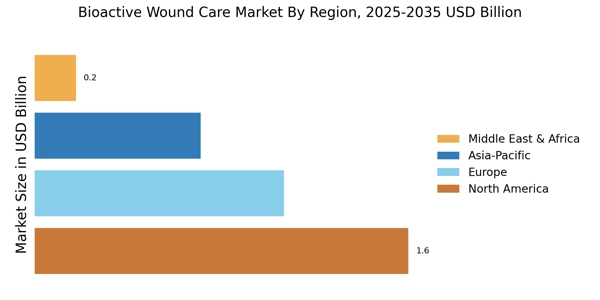

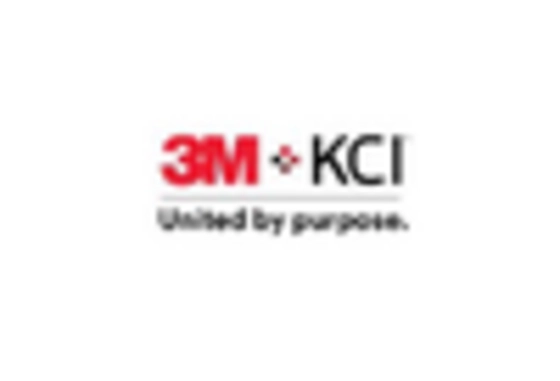
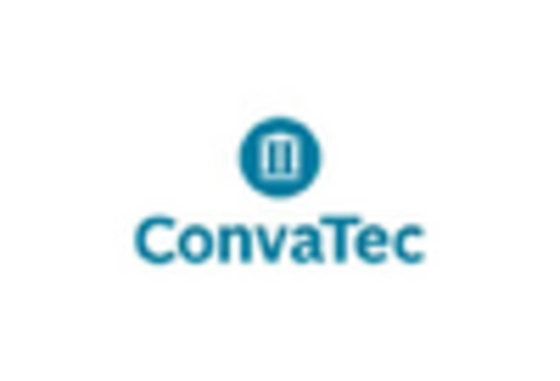
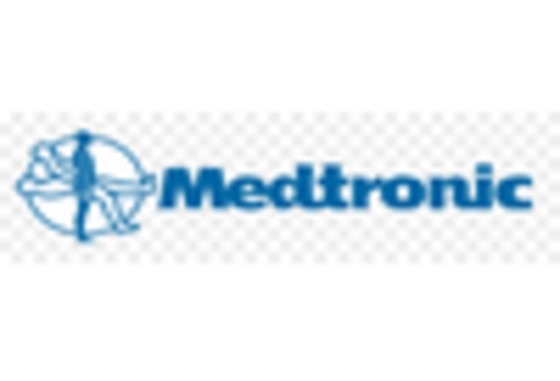
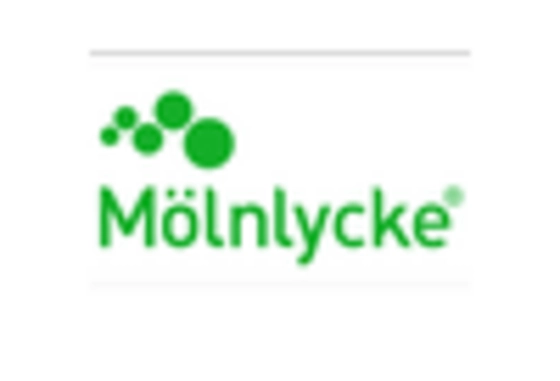









Leave a Comment